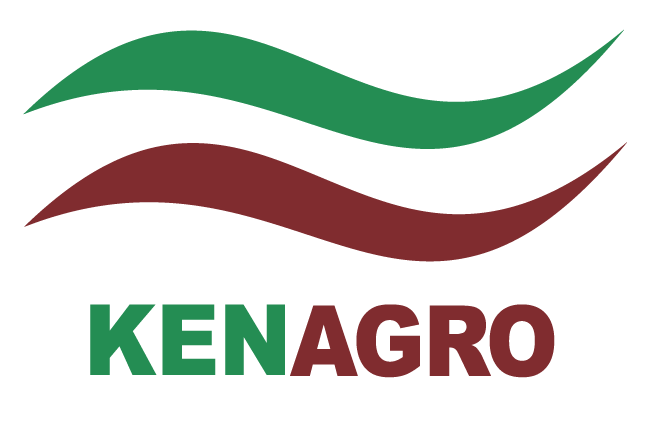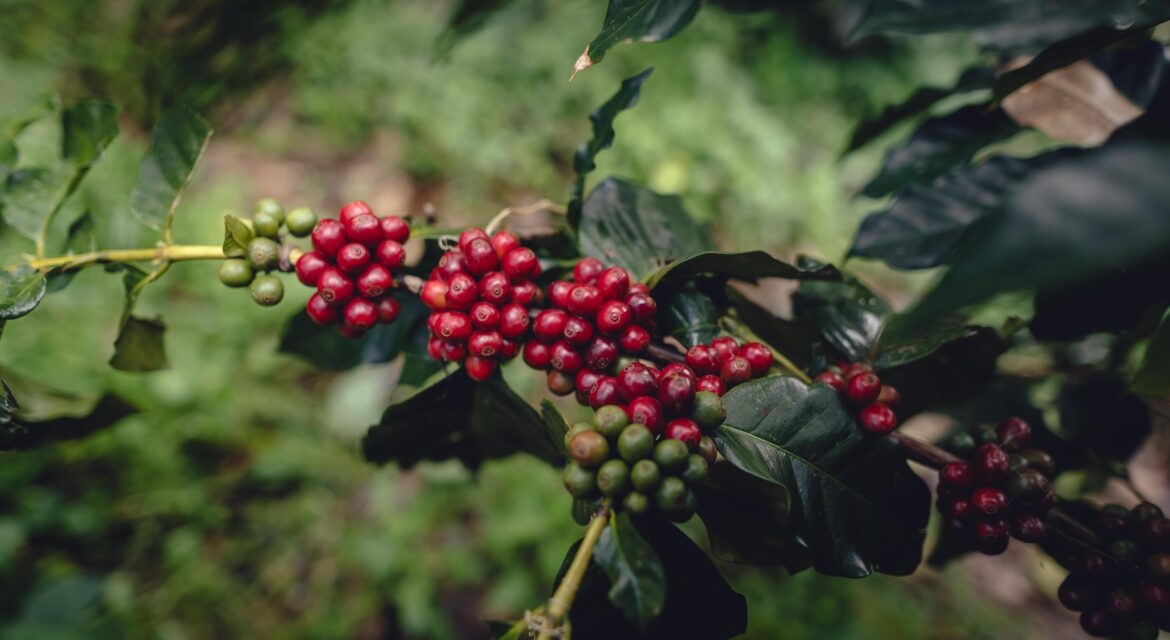Coffee farming in Kenya is a cornerstone of the country’s agricultural exports, renowned globally for producing high-quality Arabica coffee with distinct flavour profiles.
Grown mainly in the central highlands and parts of western Kenya, coffee is a high-value cash crop offering long-term income for both smallholder and commercial farmers. With the right agronomic practices, management, and market alignment, coffee cultivation in Kenya can be a profitable and sustainable agribusiness
1. Crop Selection and Planning
Choosing the right coffee variety is crucial for yield potential, disease resistance, and cup quality.
Popular Coffee Varieties in Kenya:
- SL28 and SL34 – Known for superior quality and drought resistance
- Ruiru 11 – Resistant to Coffee Berry Disease (CBD) and leaf rust
- Batian – High yielding, disease-resistant, and suitable for low and high altitudes
Planning Tips:
- Use certified seedlings from licensed nurseries
- Plan for long-term commitment, as coffee trees take 2–3 years to bear fruit
- Select land near processing infrastructure or cooperatives for ease of handling
2. Soil and Climate Requirements
Kenyan coffee thrives in the highland regions with rich volcanic soils and favourable climates.
Optimal Conditions for Coffee Farming:
- Altitude: 1,300–2,000 meters above sea level (ideal for Arabica coffee)
- Soil: Deep, well-drained loamy soils rich in organic matter
- Soil pH: 5.5–6.5 (slightly acidic)
- Rainfall: 1,000–2,000 mm annually, well-distributed
- Temperature: 18°C–24°C
Avoid waterlogged areas, shallow soils, or locations prone to drought stress.
3. Land Preparation and Planting Techniques
Proper site preparation is key to establishing a healthy coffee plantation.
Steps:
- Clear land and dig planting holes (2ft x 2ft x 2ft) spaced 2.5–3 meters apart
- Mix topsoil with compost or well-rotted manure
- Transplant seedlings at the onset of rains for moisture availability
Spacing: Spacing typically ranges from 2.5 x 2.5 meters to 3 x 3 meters depending on variety and management system
4. Crop Management (Irrigation, Fertilization, Pruning)
Irrigation:
- Mostly rain-fed, but supplemental irrigation is important in dry zones
- Maintain consistent moisture during flowering and fruiting stages
Fertilization:
- Apply manure or compost during planting and annually thereafter
- Use NPK fertilizers based on soil test results
- Apply foliar feeds and trace elements during growth stages
Pruning and Training:
- Prune regularly to improve air circulation, light penetration, and shape
- Remove suckers and diseased branches
- Train plants for single or multiple stem systems as preferred
5. Pest and Disease Control
Common Coffee Pests in Kenya:
- Coffee Berry Borer
- Antestia bugs
- Nematodes
Common Diseases:
- Coffee Leaf Rust
- Coffee Berry Disease (CBD)
- Root rot
Integrated Pest Management (IPM):
- Plant resistant varieties (e.g., Ruiru 11, Batian)
- Apply appropriate fungicides and insecticides as per expert guidance
- Practice field hygiene, crop rotation, and proper spacing
Monitor regularly to control outbreaks early
6. Harvesting and Post-Harvest Handling
Coffee is ready for harvest when cherries turn deep red and are firm to the touch.
Harvesting Steps:
- Hand-pick only ripe cherries to ensure quality
- Avoid harvesting green or overripe cherries
- Pick in intervals (every 7–14 days) during harvest season
Post-Harvest Handling:
- Wet processing (washed coffee) or dry processing (natural coffee) depending on infrastructure
- Pulp, ferment, wash, and dry beans thoroughly
- Store parchment in cool, dry, well-ventilated conditions
Deliver to cooperatives, factories, or certified buyers
7. Marketing and Value Addition
Coffee Marketing Channels:
- Cooperative societies and farmers’ groups
- Licensed coffee dealers and exporters
- Nairobi Coffee Exchange (auction system)
- Direct marketing via contract farming or specialty coffee markets
Value Addition Opportunities:
- On-farm coffee roasting and packaging
- Branded coffee for local or export retail
- Coffee tourism and Agri-tour experiences
8. Farm Business and Record Keeping
Treat coffee farming in Kenya as a long-term investment requiring professional management.
Farm Management Tips:
- Keep detailed records on planting, inputs, pruning, spraying, harvest, and sales
- Analyse costs and revenues to guide decisions
- Register with local cooperatives or marketing agents
- Explore access to financing, subsidies, or insurance
Tech and Extension Support:
- Use mobile tools for weather updates, pest alerts, and price trends
- Engage agronomic consultants and attend farmer field schools
Unlocking the Potential of Coffee Farming in Kenya
Kenya’s coffee industry is poised for revitalization, driven by global appreciation of its premium beans. Farmers who adopt improved varieties, proper agronomy, and value addition strategies can unlock significant income from their plantations.
With long-term commitment and strategic partnerships, coffee farming can be a profitable and sustainable venture that supports livelihoods across Kenya’s rural communities.




